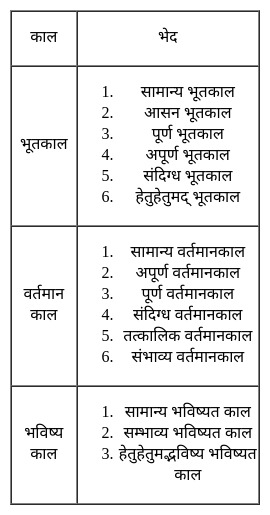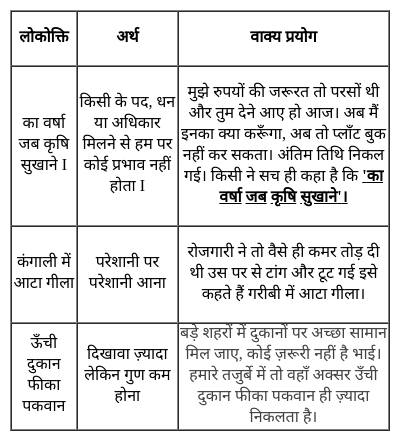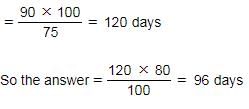HTET TGT Science Mock Test - 2 - HTET MCQ
30 Questions MCQ Test - HTET TGT Science Mock Test - 2
Which is the place where the child's 'cognitive' development is defined in the best way?
Which of the statements given below is NOT TRUE for corporal punishment?
If you are planning to conduct an exam particularly for the backward children, then the exam would be
In lower classes, play-way method of teaching is based on:
Select the correct option in order to complete the analogy.
Flower : Bud :: Plant : ?
Directions: In the given sentence, an idiom or phrase is missing. Choose the phrase/idiom that can fill the blank both grammatically and contextually.
All the workers are working _______________ since the company has got a very big order and the time to deliver is very short.
The difference between a number and 12.50% of the same number is 252. What is 44.44% of the number?
Pointing to a person, a man said to a woman. His mother is the only daughter of your father. How was the woman related to the person?
Manoj can complete 75% of a work in 90 days. In how many days can he complete 80% of that work with his full efficiency?
The normal number of chromosomes in the progeny is maintained when the germ cells:
What is the difference between a low pitched and high pitched sound?
Bohr proposed that while revolving in discrete orbits, the electrons:
Which of the following elements has 17 electrons and 17 protons?
Which of the following is the outermost shell for elements of period 2 ?
Acceleration is defined as the rate of change of______.
A body starts to slide over a horizontal surface with an initial velocity of 0.2 m/s. Due to friction, its velocity decreases at the rate of 0.02 m/s2. How much time will it take for the body to stop?























